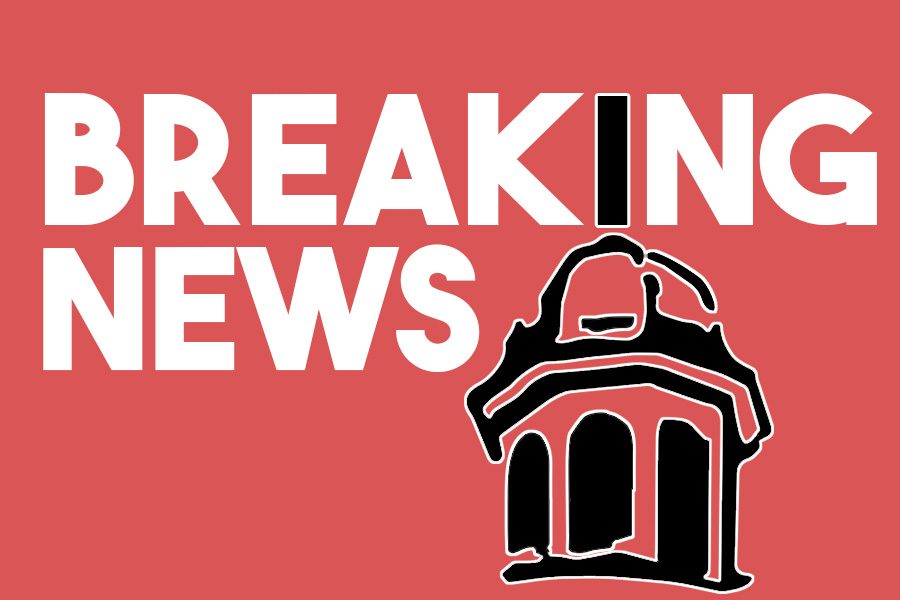Changing Boundaries
ICCSD sets new standards for school districting in an attempt to eliminate socioeconomic and racial imbalances
Art by Estie Dillard.
December 20, 2018
The widening disparities between the racial and socioeconomic makeups of the elementary schools in the ICCSD has been a source of tension and a spark of many heated debates amongst school board members, parents, and ICCSD staff for many years. But these debates are no longer hypothetical.
A year after beginning the conversation about these new boundary lines in November of 2017, on Tuesday, November 27, 2018, the ICCSD Board of Directors officialized a significant step towards their long-term goal of eliminating the racial and socioeconomic imbalances between the elementary schools in the district.
“The process the Board used was specifically designed to create more equitable learning environments for students in our schools with the greatest support needs,” Superintendent Stephen Murley said. “This couldn’t be done without changing attendance areas. The results certainly aren’t perfect, but progress is being made toward our goal of equity.”
There were already going to be changes to the redistricting of elementary students in the 2019-2020 school year due to the closing of Hoover Elementary and the opening of Christine Grant Elementary. The social aspect of forcing students to switch schools is considered to be a major concern by many students who have gone through the elementary system here.
“The kids might have to leave their friends, so that’s hard. Like, if they’ve been there for years and you’re just moving them around, but hopefully they can be together again in junior high,” Rachael Volkman ‘19 said.
This concern is shared by many parents and ICCSD staff as well.
“Any time you ask students to move, it has the potential to disrupt their social networks, their connections with teachers and staff, and their parents’ education support network. But we don’t take these issues lightly,” Murley said.
But having equity and diversity in all schools has been determined to be of more importance than elementary students losing their sense of social stability.
“I really believe in the value of kids learning from each other,” City High principal John Bacon said. “And when we have diverse schools, with different backgrounds and cultures represented, it helps enrich the educational experience, because what we’re learning isn’t just from the teachers, we’re learning from each other.”
Some of the largest changes coming as consequences of the unanimous vote are going to be in Lincoln, Longfellow, Penn, and Mann. Lincoln and Longfellow are expected to have 28.2 and 19.7 percent increases, respectively, of students of lower socioeconomic status. The projected decreases of students of lower socioeconomic status are within Penn, at 11.3 percent, and Mann, at 10.9 percent.
Although there are some changes that will greatly impact a portion of the ICCSD elementary school population, which students are on the path to City High will go mostly unchanged.
“From my standpoint, all these kids will be Little Hawks anyways, and once they get to high school, they’ll be a part of one of the most richly diverse high schools in the state of Iowa,” Bacon said. “And I think that making sure all of our feeder elementary schools are diverse places as well will do nothing but better help students prepare for success in high school.”
































